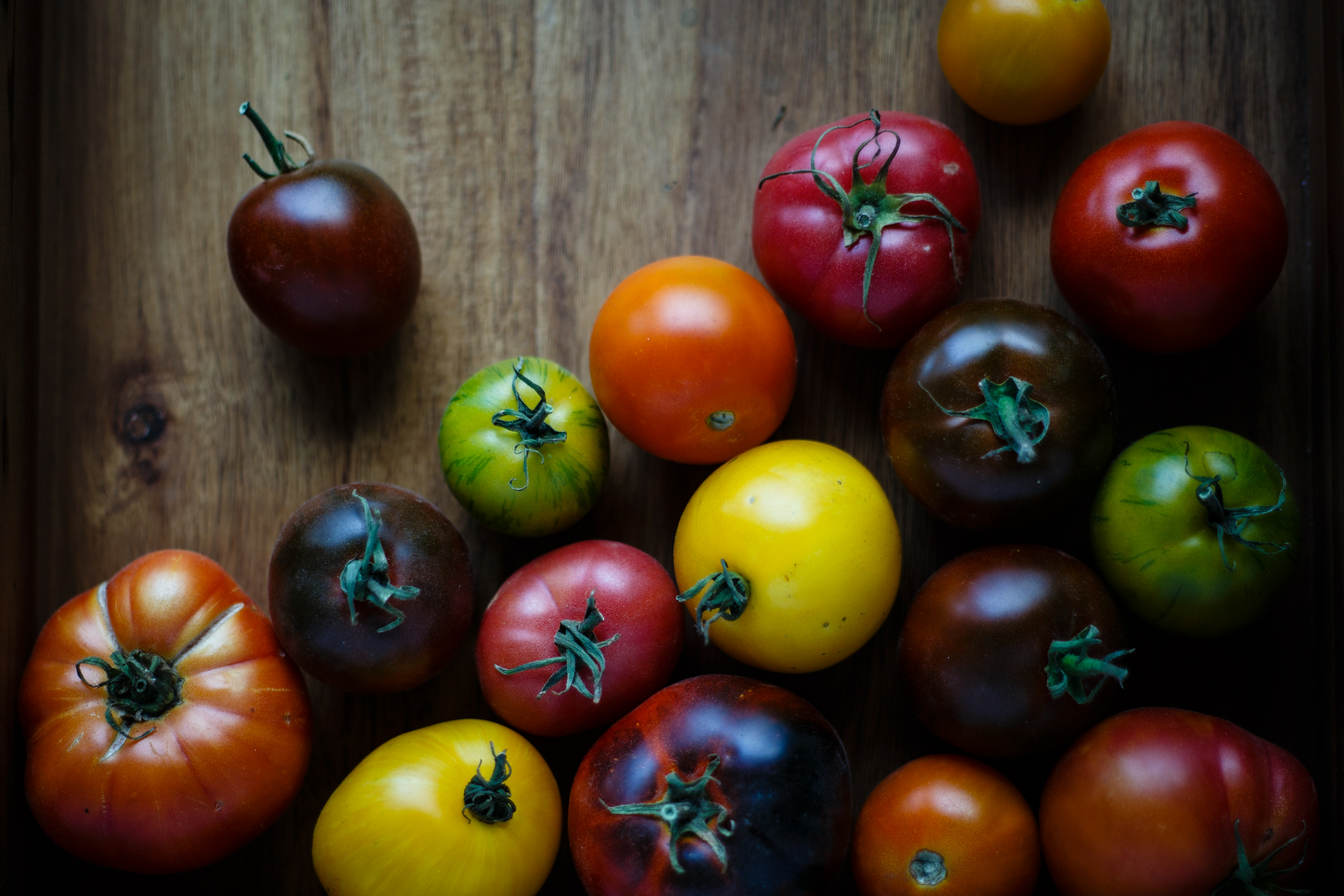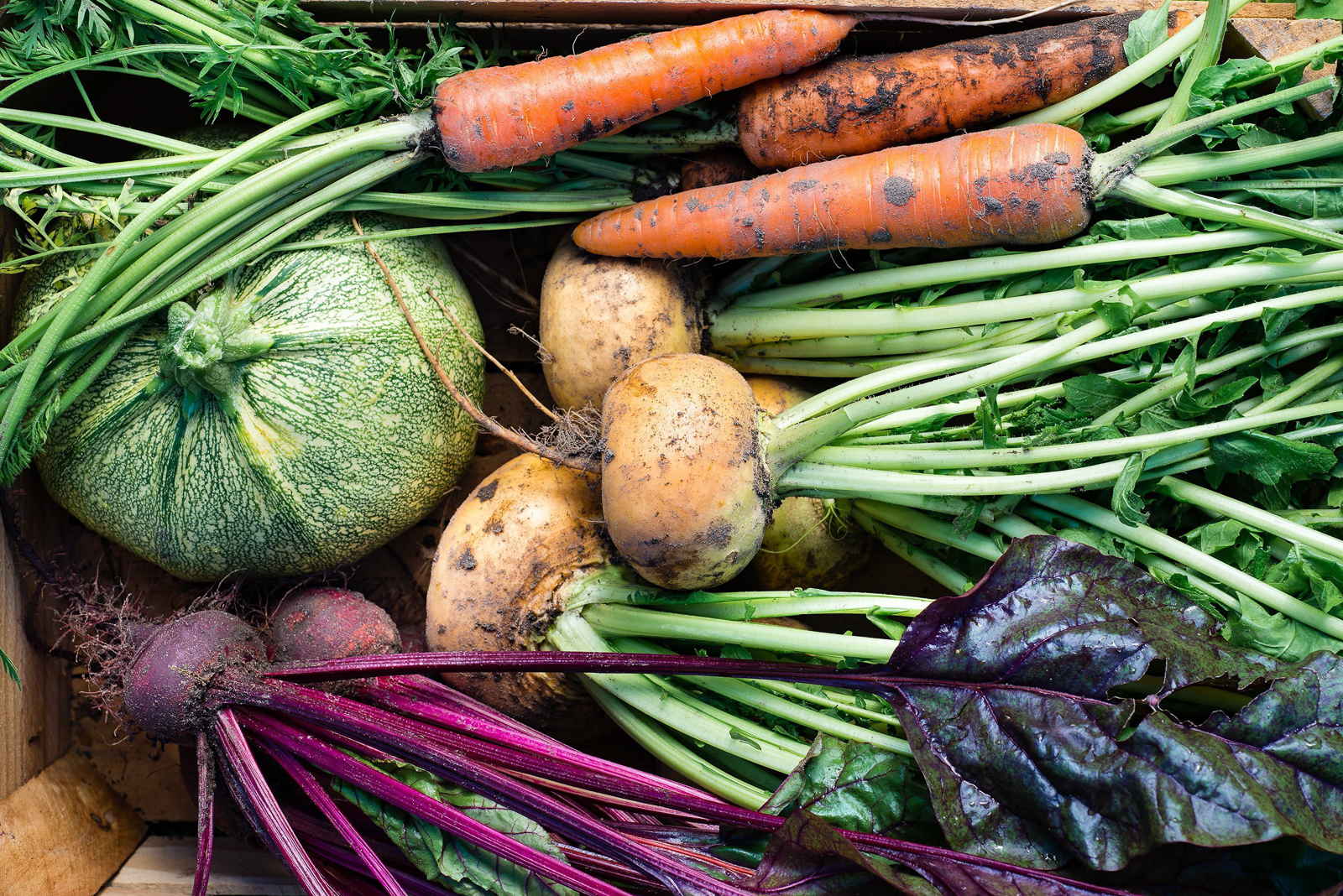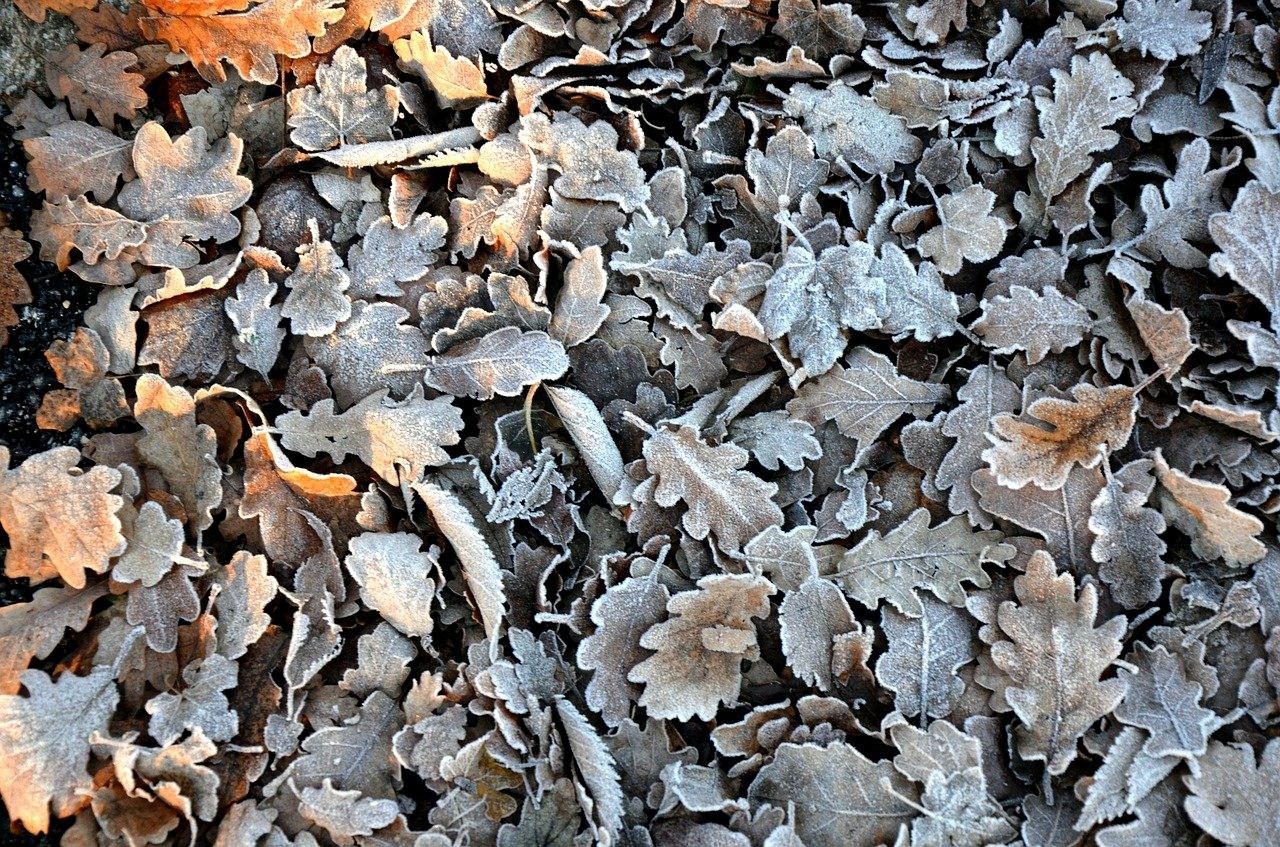Winterizing the garden
How it works
Autumn is in full swing and winter won't be long in coming. The garden will soon be quiet, but before that you should prepare it for the cold season. But what do you need to bear in mind when preparing for the cold season? Basically, you should just make sure that your plants, your soil and the animals in your garden have sufficient protection.
Harvest the last summer vegetables

In late fall, the last harvests of the summer crops are still to come: Zucchinis, pumpkins, cucumbers, tomatoes and potatoes. As soon as the first frosts threaten, the plants that need warmth must be brought indoors or harvested Tip: Green tomatoes can ripen indoors.
Bringing southerners into your home
Plants that require a lot of warmth - such as citrus plants or Mediterranean potted herbs - should be brought indoors for the winter. Here they remain in a bright, not too warm room. During the winter months, their metabolism runs on low heat, they hardly use any water and should therefore only be watered a little!
Storing winter vegetables

If hard night frosts are imminent, you should wrap carrots, celery, beet or root parsley in damp sand in the storage cellar. You can also store leeks and cabbages in the cellar or in an empty cold frame. The hardy crops remain on the bed: lamb's lettuce, Brussels sprouts, kale and salsify Tip: A thick layer of straw keeps the soil frost-free for longer.
Insulate potted plants
Tub and balcony plants should now be moved to a sheltered spot. Hardy plants should also be protected; it is sufficient for them to stand against a roofed, wind-protected house wall. The pots should be well insulated so that the root balls do not freeze through so quickly. Wrap them with bubble wrap, coconut matting and polystyrene (also from below). You can cover the plant itself with fleece and brushwood.
Winter quarters for beneficial insects

If you clear the lawn of leaves when tidying up the garden, you can make great use of them for the little garden creatures! Simply pile up piles of leaves, woody debris and brushwood in a quiet corner and leave them alone; they serve as winter shelters for many animals.
Floor care
Most of the beds have been harvested and the soil can now slowly come to rest. Before doing so, however, you should hoe all areas thoroughly, remove weeds and then cover them with a good layer of mulch. You can use straw, leaves and green cuttings from the garden or other organic material to mulch your beds.
Last steps

Remove soil from all garden tools and rub linseed oil into the metal blades. You can then store them in a dry place until you need them again in spring. Last but not least, turn off the water outside so that it doesn't damage the pipes when it freezes. Once the work is done, you can finally make yourself comfortable in the warmth.

